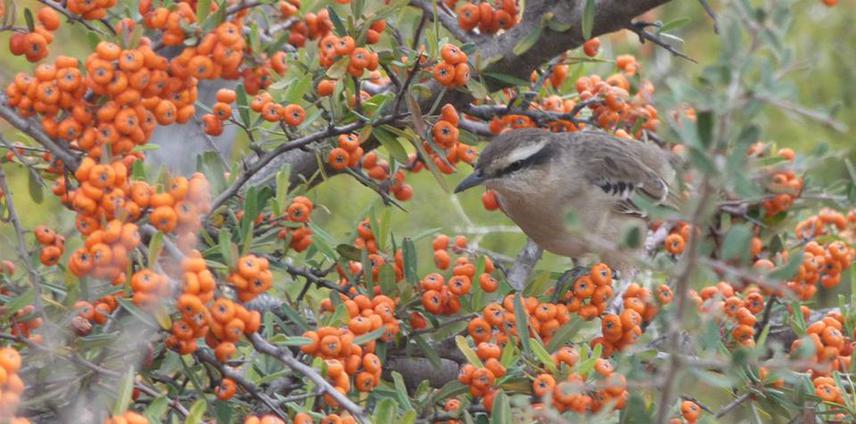David Lautaro Vergara Tabares
We propose to carry out educational activities involving many social actors in the community and to take control actions against biological invasions caused by alien plants.
Chaco Serrano forest is located in the central mountains of Argentina and is a unique ecosystem with many endemism. Conservation of this system and the ecosystem services that offers (e.g. protection of river basins which provides water to many cities) is at risk because of several factors related to human activities.
Biological invasions have been singled out as one of the main problems promoting the loss of biodiversity and ecosystem services at global scale. Chaco Serrano is no exception. Empiric evidence showed that invasive plants threaten water supply because their consumption is higher than that of the native flora.

Particularly, in towns on occidental slopes of “Sierras Grandes” where reforestation projects have been implemented, the use of invasive species has been overwhelmingly high. Reforestation activities, may entail environmental awareness of the local community if properly done using native flora and not exotic and invasive as it has been done until now.
Also, distribution of invasive species is related to behavioural patterns of their seed dispersers. Our analysis of seed disperser species suggests that, for birds, density and size of invasive plants are important factors attracting potential dispersers, which entails that high density areas may function as highly effective propagule sources.
Our main objective is to identify Pyracantha sp. and Ligustrum lucidum invaded areas in the Chaco Serrano of Cordoba province in Argentina. Our aim is to establish baseline information for the development of a future control plan of invasive plants in the occidental slopes of the Cordoba highlands. Also, we propose to inform and interact with local people via outdoor activities combined with debate spaces in community halls and schools about the consequences of biological invasions and their responsibilities regarding the maintenance of propagules. We expect to discourage the ornamental use of these plants and to involve municipal authorities in decision-making for control actions.